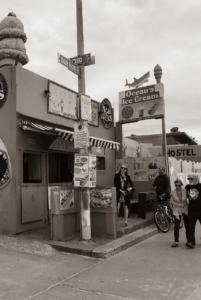We are Living History— by T.K. Thorne
We are living history.
In 1958, the janitor at Temple Beth-El in Birmingham, Alabama discovered a satchel in the building’s window well with a fuse running from it. Fifty-four sticks of dynamite were in that bag. The fuse had burned out within a minute of igniting it. No one knows what happened, perhaps an early morning rain or a fault in the fuse itself.
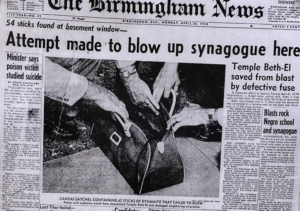
It was a pivotal moment in time. The crime was never solved, but the perpetrators were mostly likely a Nazi-inspired organization called the National States Rights Party headquartered in Birmingham. They hated Blacks and Catholics and Jews.
Today, the incidents of hate crimes against Jews and Jewish institutions are rising at frightening rates. Along with other activities, like the attempted armed insurrection of our government, it is chilling and feels like it could be 1958 or even the 1930s when powerful men in this country echoed Hitler’s poisonous sentiments toward Jews, men like Henry Ford, the car manufacture magnate; Charles Lindbergh, the country’s famous “golden boy;” and Father Coughlin, a catholic priest with thousands of listeners on his radio show.
Having a common enemy often binds people together. Thus, the citizens of Germany coalesced when Jews were targeted as “the enemy.” But that works both ways.
Sixty-four years after the attempted bombing of Beth-El, the synagogue is working on a civil rights exhibit about looking to the future by examining the past. I was asked to be a speaker at the launch event because I wrote this book—Behind the Magic Curtain: Secrets, Spies, and Unsung White Allies of Birmingham’s Civil Rights Days.
It took eight years to complete. While I was writing it, I thought—Will anyone be interested in this or will it just be another tome for the historians’ bookshelves, if that? But it had become a labor of love, so I labored on.
I woke from the “coma” of writing to find my book relevant. That was not necessarily a good thing but was why I was speaking at Beth-El’s event.
For the most part, the White community has welcomed the book’s revelations about what happened behind the scenes (or behind the curtain) in a city that changed the world—stories of secret missions carried out by the police and sheriff’s departments, as well as little-known deeds of civil rights’ allies in the city branded with images of “dogs and firehoses” used against children, an image seared into the nation’s consciousness.
I tried to honor the Movement as well and weave my stories into the context of the day and the efforts of those seeking long overdue equal rights and justice. But I’ve had little feedback from the Black community. After I spoke at Beth-El, however, a diminutive, elderly Black woman approached me and asked me to sign her copy of Behind the Magic Curtain, which she had brought to the event.
I did, of course, and she told me she had been one of the children who had marched for freedom in 1963 and how much she had enjoyed the book and how much it meant to read confirmation of things whispered in her home and community when she was young, things she had never known were true or not. It completed a circle for her.
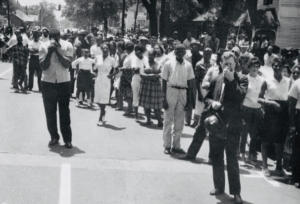
It was a small interaction, lasting only a few moments in the chaos after the event, but it meant a lot to me. She had probably given little thought as a child that she was living a pivotal moment in history. Nor did those who went to pray at Temple Beth-El one morning, or those who listened to Father Coughlin, Henry Ford, and Charles Lindbergh spew supremist views that eventually embraced genocide.
We are living in a pivotal moment. It will be written about (and already has) and one day we will be the ones who say, “I was there.” What are we going to tell future generations about what we did . . . or what we didn’t do?
![]()
T.K.Thorne is a retired police captain who writes Books, which, like this blog, go wherever her curiosity and imagination take her.

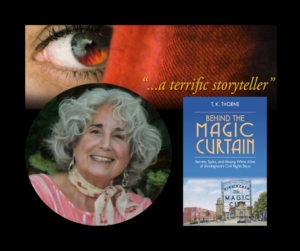
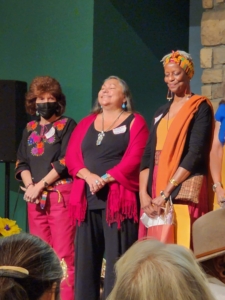
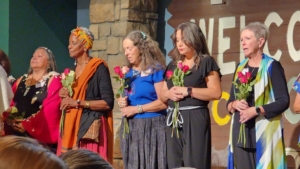
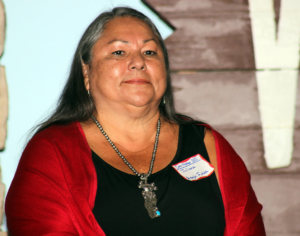
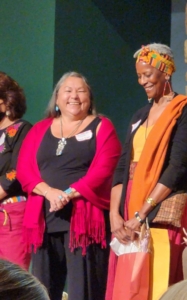
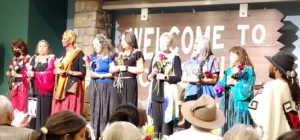
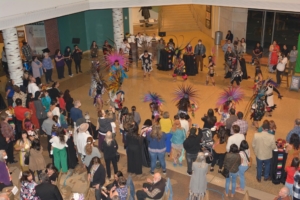
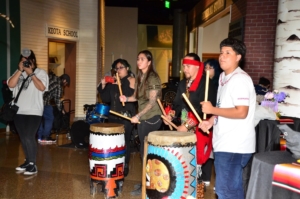

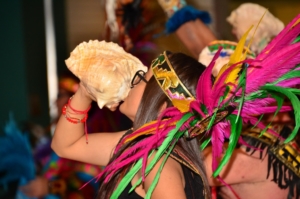
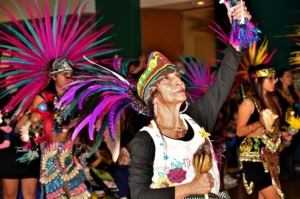
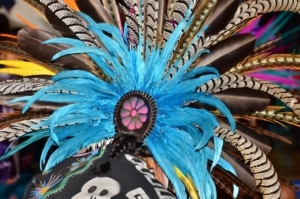
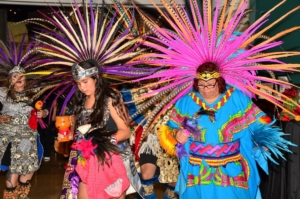
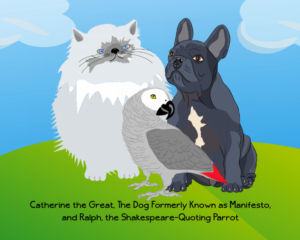
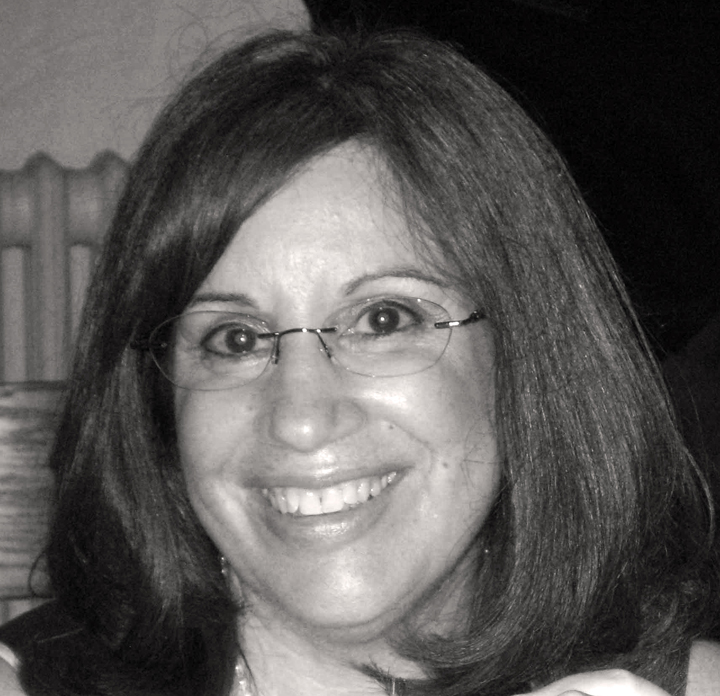 USA Today and Amazon bestselling and award-winning author Lois Winston writes mystery, romance, romantic suspense, chick lit, women’s fiction, children’s chapter books, and nonfiction under her own name and her Emma Carlyle pen name. Kirkus Reviews dubbed her critically acclaimed Anastasia Pollack Crafting Mystery series, “North Jersey’s more mature answer to Stephanie Plum.” In addition, Lois is a former literary agent and an award-winning craft and needlework designer who often draws much of her source material for both her characters and plots from her experiences in the crafts industry. Learn more about Lois and her books at her website
USA Today and Amazon bestselling and award-winning author Lois Winston writes mystery, romance, romantic suspense, chick lit, women’s fiction, children’s chapter books, and nonfiction under her own name and her Emma Carlyle pen name. Kirkus Reviews dubbed her critically acclaimed Anastasia Pollack Crafting Mystery series, “North Jersey’s more mature answer to Stephanie Plum.” In addition, Lois is a former literary agent and an award-winning craft and needlework designer who often draws much of her source material for both her characters and plots from her experiences in the crafts industry. Learn more about Lois and her books at her website 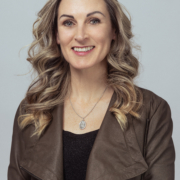
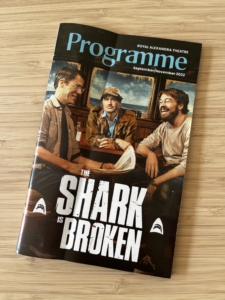 Character is key! Plot is important in any story, but to grab the reader, the author must have a great set of characters. From the second the first actor entered the stage during the play, I had no doubt he was playing Richard Dreyfuss, based on mannerisms alone. Each character should possess distinct traits that make it easy not only easy to identify, but to create and add conflict to a play or a book. A rollercoaster of emotion keeps a story fun, and nothing is better than the tension felt between opposing characters.
Character is key! Plot is important in any story, but to grab the reader, the author must have a great set of characters. From the second the first actor entered the stage during the play, I had no doubt he was playing Richard Dreyfuss, based on mannerisms alone. Each character should possess distinct traits that make it easy not only easy to identify, but to create and add conflict to a play or a book. A rollercoaster of emotion keeps a story fun, and nothing is better than the tension felt between opposing characters.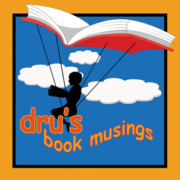
 It had to happen to this TV addict. It had to happen to this award show addict. What has happened? Well for the award shows, they rarely nominated a show that I watched, so it was useless to watch the Emmys or the Daytime Emmy since I don’t watch the few soap operas still on the air. I stopped watching the Golden Globes and the People Choice award shows because I knew less than one percent of the nominees – okay maybe five percent. The Grammys – who are these artists that are half dressed – wait, hardly dressed. I think the only show I still watch is the Oscars and that is to see what people are wearing.
It had to happen to this TV addict. It had to happen to this award show addict. What has happened? Well for the award shows, they rarely nominated a show that I watched, so it was useless to watch the Emmys or the Daytime Emmy since I don’t watch the few soap operas still on the air. I stopped watching the Golden Globes and the People Choice award shows because I knew less than one percent of the nominees – okay maybe five percent. The Grammys – who are these artists that are half dressed – wait, hardly dressed. I think the only show I still watch is the Oscars and that is to see what people are wearing.

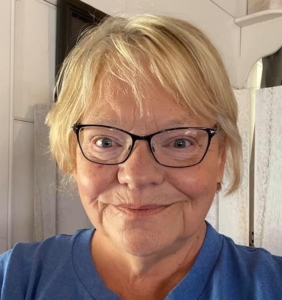 Lynn Chandler Willis comes from a journalism background as the former owner/publisher of a small town newspaper and prefers to make stuff up. She now writes mystery/thriller/suspense and crime novels along with the occasional snarky comment on social media. She’s the current President of SEMWA, the Southeast Chapter of Mystery Writers of America, a member of International Thriller Writers (ITW), and a past-president of Sisters in Crime––Murder We Write chapter. She’s a Shamus Award finalist, A Grace Award Winner for Excellence in Faith-based Fiction, and the winner of the St. Martin’s Press/PWA’s Best 1st PI Novel — the first woman in a decade to win the award. She has a new series debuting in November 2022 and another in May 2023 with Level Best Books.
Lynn Chandler Willis comes from a journalism background as the former owner/publisher of a small town newspaper and prefers to make stuff up. She now writes mystery/thriller/suspense and crime novels along with the occasional snarky comment on social media. She’s the current President of SEMWA, the Southeast Chapter of Mystery Writers of America, a member of International Thriller Writers (ITW), and a past-president of Sisters in Crime––Murder We Write chapter. She’s a Shamus Award finalist, A Grace Award Winner for Excellence in Faith-based Fiction, and the winner of the St. Martin’s Press/PWA’s Best 1st PI Novel — the first woman in a decade to win the award. She has a new series debuting in November 2022 and another in May 2023 with Level Best Books.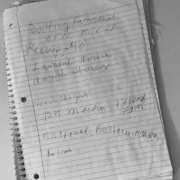
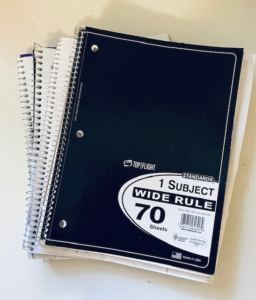
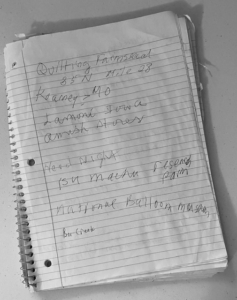

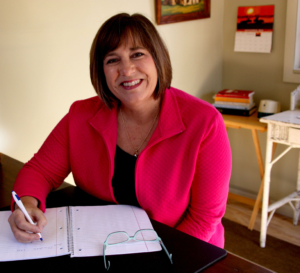
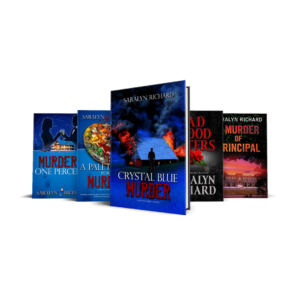
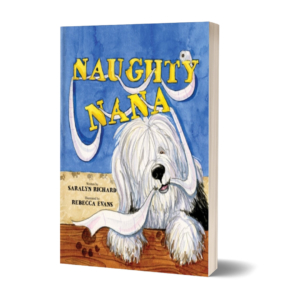
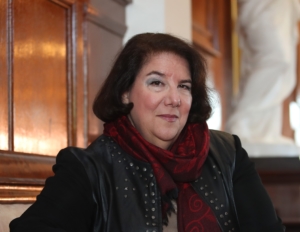
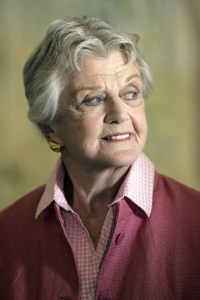
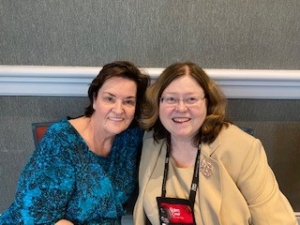
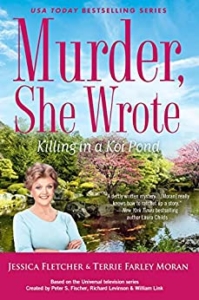
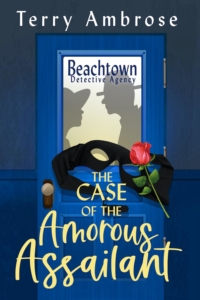 I’m delighted to welcome author Terry Ambrose as my guest to discuss his new series in the blog “Thrilling and Unpredictable” – Where a Writer Got His Ideas. I’ll be back next month – Debra
I’m delighted to welcome author Terry Ambrose as my guest to discuss his new series in the blog “Thrilling and Unpredictable” – Where a Writer Got His Ideas. I’ll be back next month – Debra 